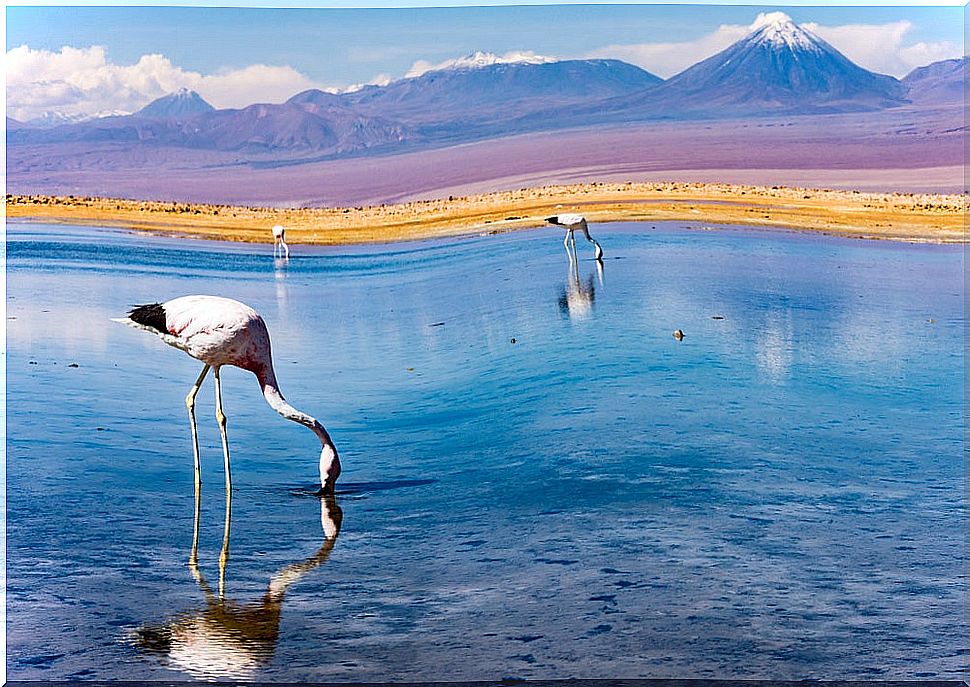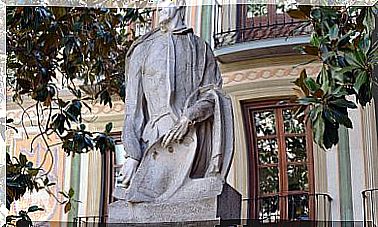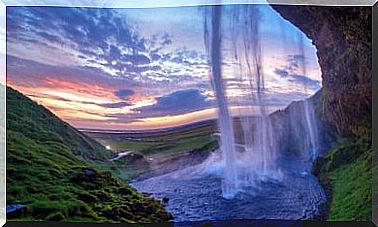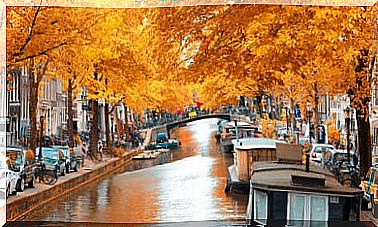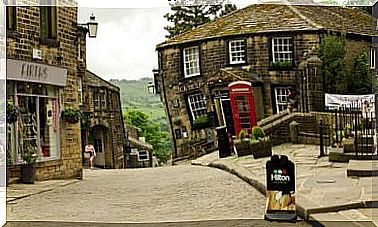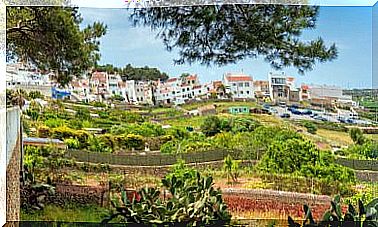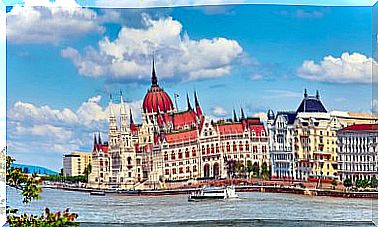Easter Island In Chile: Mystery And Beauty
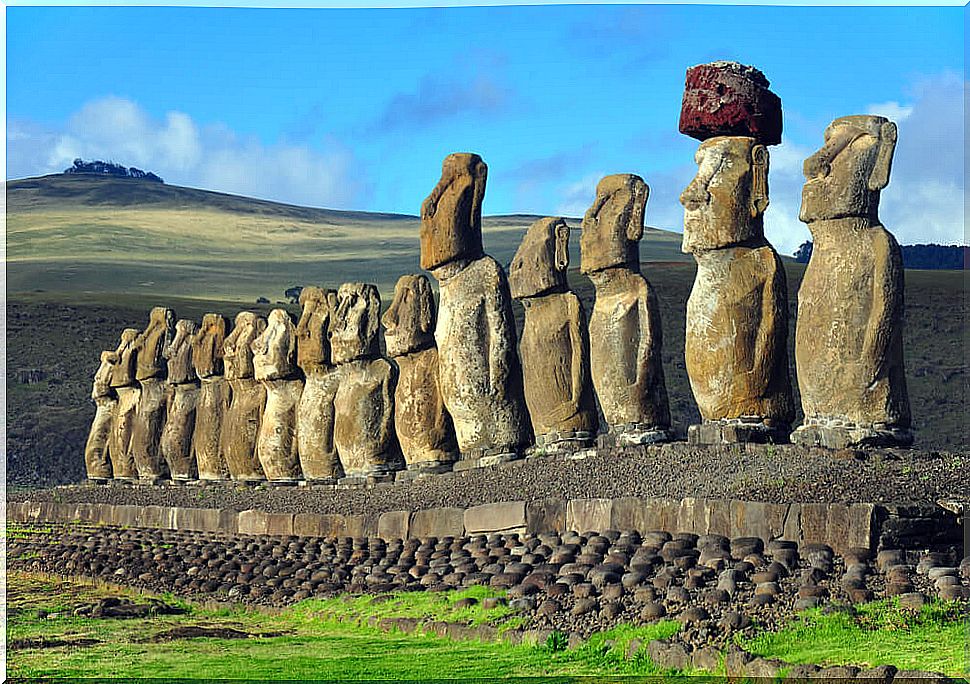
Easter Island, in Chile, is one of the most important tourist destinations in the country. Its exuberant beauty and the mysteries that surround it are its main attractions. The Rapa Nui culture inhabits and manages the island and ensures the conservation of the monumental statues known as moai.
The name of Easter Island changed: it is now called Rapa Nui. It is located in the middle of the Pacific Ocean , between Polynesia and Oceania. To be more exact, 3700 kilometers west of the mining town of Caldera in Chile.
Rapa Nui is triangular in shape and covers an area of 163.6 km². Its capital, Hanga Roa, concentrates the entire population, just over 7,700 inhabitants. Several questions have arisen around this magical island that we will try to clear up here. Therefore, you cannot miss what follows below.
The origin of Easter Island in Chile
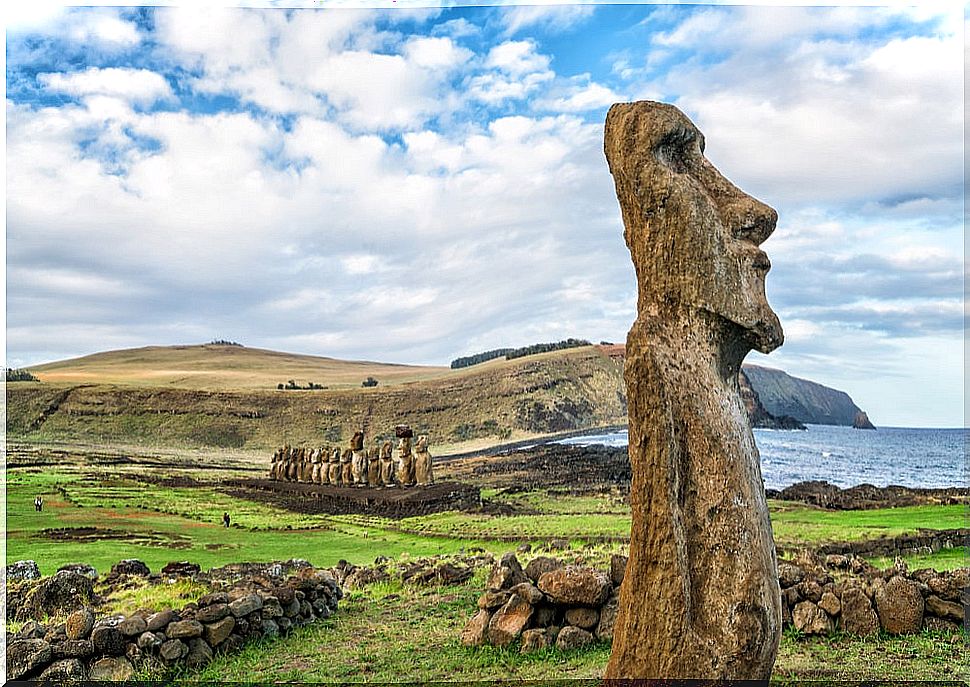
Different studies carried out indicate that its inhabitants come from Polynesia. They came to Easter Island because their place of origin, Hiva, began to sink into the sea, which happened in the 4th century. From then on, the new culture settled and developed on the island, until the 16th century.
According to chroniclers, the island was visited by Túpac Yupanqui, the Peruvian leader of the Inca culture. Later, the island was ‘discovered’ by the British pirate Edward Davis, in 1686. Later it would be rediscovered by the Dutch Jakob Roggeveen, in 1722, on Easter day. Hence its name.
Why did the population disappear?
The growth of the population, together with the diminution of natural resources, gave rise to clashes between the clans of the Rapa Nui. The crisis worsened with the enslavement of the ethnic group, in which the Americans, the English, the Spanish and the French were involved.
This situation brought about the reduction of the population of the Rapa Nui, from several thousand to only a few hundred. It happened especially due to diseases such as smallpox and tuberculosis, brought by Europeans, and the mistreatment inflicted by them.
The Rapa Nui worshiped their ancestors through monumental sculptures called moai. These have a small body embedded in the ground and a huge head. Currently, they are one of the great attractions of the island.
The origin of the moai
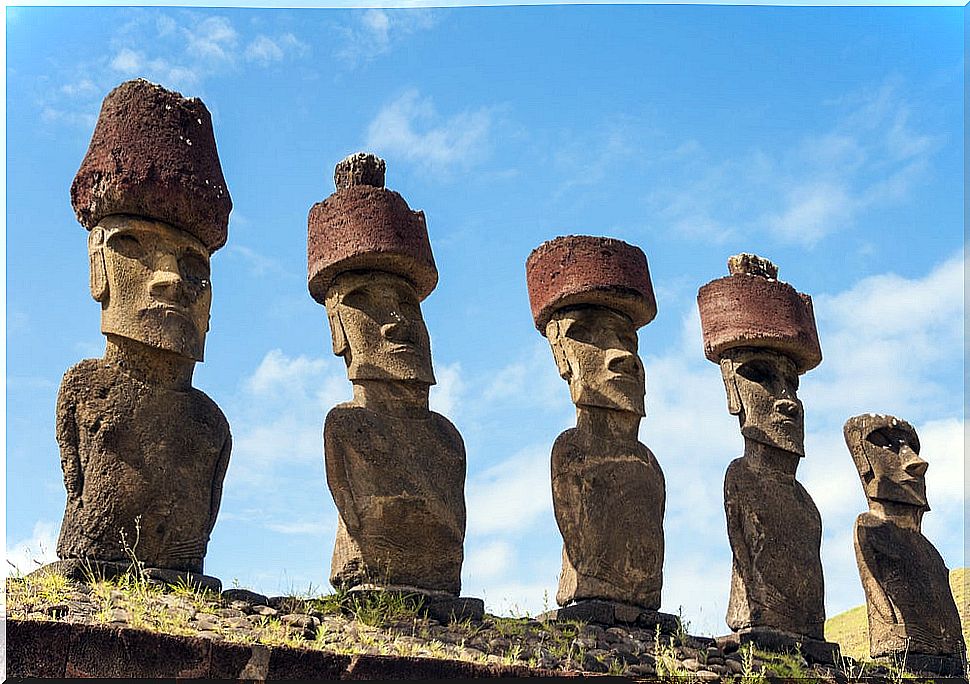
The moai not only represent the most important ancestors of the Rapa Nui, they were also , symbolically, the protectors of the community. These mega sculptures were made from a raw material of volcanic origin.
Later, they were carved with stone tools in a laborious and slow task until they were shaped. Then, the monumental works were transported by the community through stepped platforms that they built for this purpose and then disabled.
For this purpose, they used ropes, logs as wheels and levers until they were left in ahus , where they currently are. In the quarries of volcanic origin it is possible to observe the remains at different stages of the process.
The beauty of Easter island in Chile
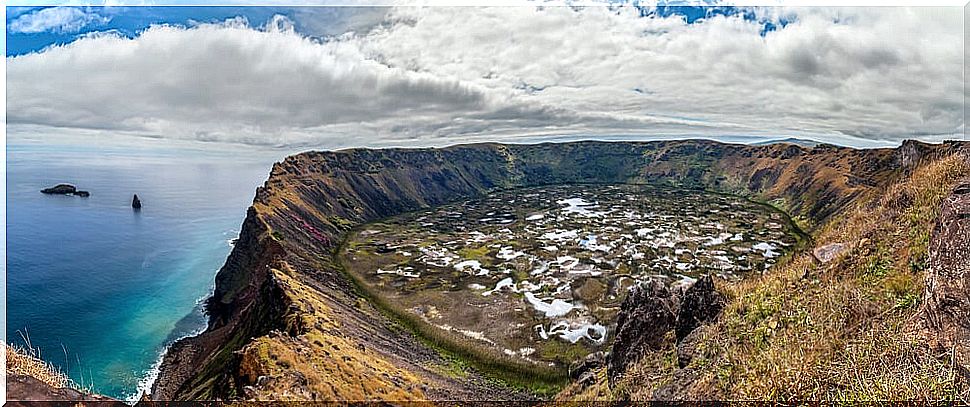
The island has beautiful natural landscapes and a captivating tradition. Myth and reality merge to create an extraordinary place. For this reason, Easter Island is recognized by UNESCO as a World Heritage Site.
It has three dormant volcanoes : the Maunga Terevaka, the Puakatiki and the Rano Kau, one in each corner of the island. The former is the highest and the latter contains gaps inside. In its periphery there are a set of islets. And its climate is tropical, with an average of 24 ° C throughout the year.
On Easter Island you can do many things: visit archaeological sites, such as the Ahu Akivi moai, or enjoy its beaches, especially Anakena. You can also dive in the middle of marine species or tour the island by motorcycle or bike, go trekking to the Rano Kau volcano and much more.
The most important festival for the Rapa Nui is the Tapati . This is celebrated between the last week of January and the first of February. In it, ancestral ceremonies are carried out that include performance with body painting (takona), songs and dances (rui) and epic stories (A’amu tu’ai), among other activities.
Visit easter island
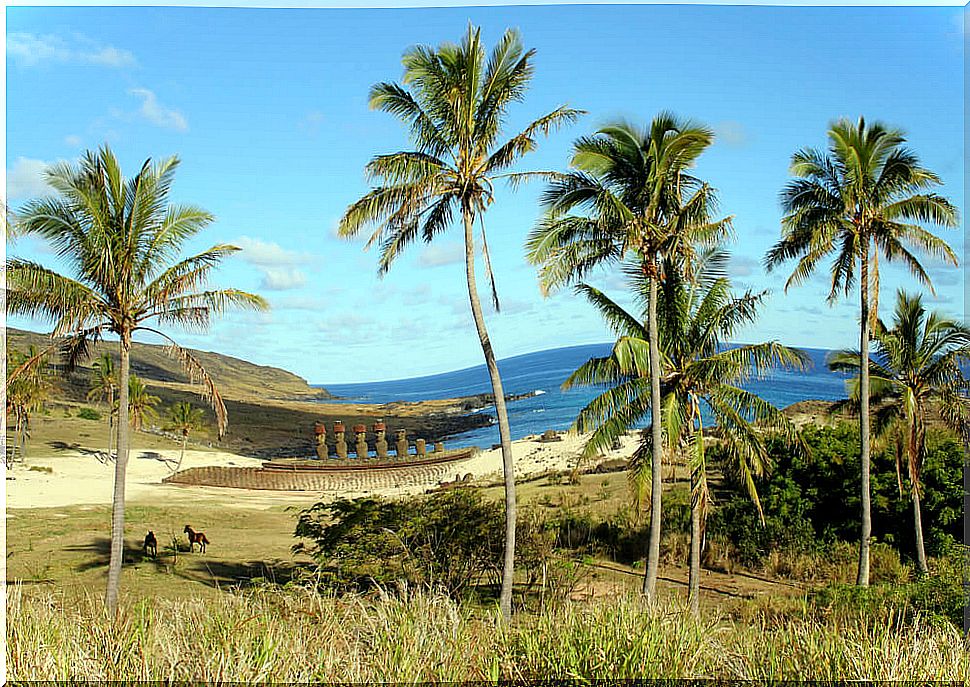
To travel to Easter Island in Chile, there are only two ways: by air and by sea, and neither is economical. By air, there are two alternatives: from Santiago de Chile or from Papeete in Tahiti, French Polynesia. In both cases, the trip lasts approximately 5 hours 45 minutes and there are daily flights.
The other alternative is the maritime one. In this case, there are three options. The first, through the Chilean army, which makes two trips a year. The second is on a cruise ship, for which you have to investigate the itineraries of the boats that cross the South Pacific. And finally, on a private sailboat or yacht, but it is dangerous. The trip by sea lasts approximately 7 days.
There is no public transport on the island, only some taxis and car or motorcycle rentals. Hanga Roa concentrates all the hotel offer, restaurants and services such as Internet. Most of the supplies that the island requires to function come from the interior of the continent. That’s why everything is so expensive.
